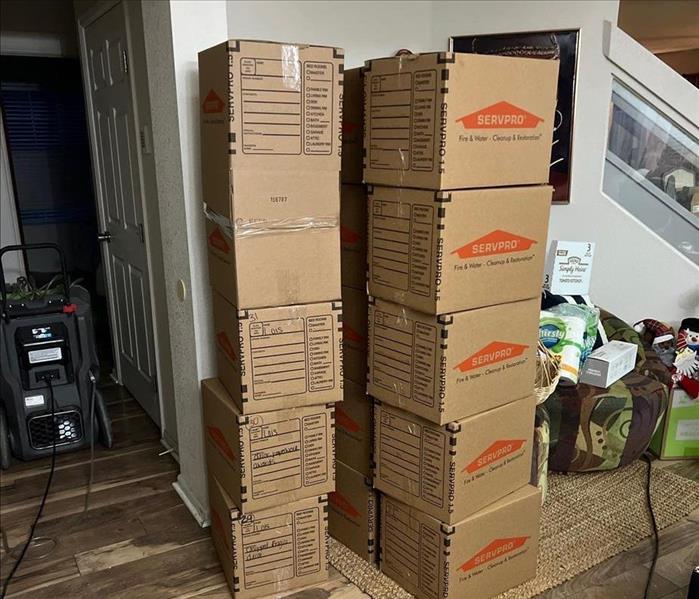The Role of Insurance in Fire Damage Restoration
4/17/2024 (Permalink)
 In this blog, we will explore the role of insurance in fire damage restoration, how it is involved, and how coverage affects your remediation process.
In this blog, we will explore the role of insurance in fire damage restoration, how it is involved, and how coverage affects your remediation process.
Experiencing a fire in your home or business is a devastating event that can cause significant damage and disrupt your life. Fortunately, insurance coverage can play a crucial role in fire damage restoration, helping to ease the financial burden and facilitate the remediation process. In this blog, we will explore the role of insurance in fire damage restoration, how it is involved, and how coverage affects your remediation process.
Fire Damage Insurance and Coverage
Fire damage insurance is designed to protect policyholders against the costs associated with fire-related losses. It provides coverage for repairing or rebuilding your property, replacing damaged belongings, and reimbursing additional living expenses if you need to relocate temporarily. Understanding your insurance policy and its coverage limits is key to navigating the fire damage restoration process effectively.
Contacting Your Insurance Company
After a fire, contacting your insurance company should be one of your first steps. They will guide you through the claims process, assign an adjuster to assess the damage and determine the coverage you have. It is important to provide accurate and detailed documentation of the damage, including photographs and an itemized list of the affected items.
Fire Remediation and Insurance
Proper fire damage restoration involves various stages, including assessing the damage, containing the affected area, removing debris, cleaning and sanitizing, and rebuilding if necessary. Insurance coverage can significantly impact the remediation process.
- Assessing the Damage: Insurance adjusters work closely with fire damage restoration professionals to evaluate the extent of the damage. Their assessment helps determine the scope of the restoration project and the coverage that applies.
- Containment and Mitigation: Insurance coverage often includes provisions for emergency services, such as water extraction to prevent further damage and the installation of temporary board-ups and tarps to secure the property. These measures are essential in minimizing losses and protecting unaffected areas.
- Cleaning and Restoration: Insurance coverage typically funds professional cleaning and restoration services. Trained technicians employ advanced techniques to remove soot, smoke residues, and odor from surfaces, ensuring comprehensive restoration.
- Structural Repairs and Reconstruction: If your property requires structural repairs or reconstruction, insurance coverage helps cover the associated costs. This includes repairs to walls, floors, ceilings, and other affected areas.
- Content Restoration and Replacement: Insurance policies generally cover the costs of cleaning and restoring your personal belongings damaged by the fire. In cases where items cannot be fully restored, insurance may provide reimbursement for replacements.
Fire damage is distressing and overwhelming, but insurance coverage can help alleviate some of the financial burdens associated with restoration. From assessing the damage to cleaning, rebuilding, and replacing belongings, insurance plays a vital role throughout the entire fire damage restoration process. By understanding your policy and promptly contacting your insurance company, you can ensure a smooth and efficient remediation process.
Remember, each insurance policy is unique and may have specific coverage details. Reviewing and understanding your policy thoroughly, including any exclusions or limitations is essential. Partnering with a professional fire damage restoration company like SERVPRO® can also help navigate the complexities of the process, ensuring your restoration is done efficiently and to the highest standard.






 24/7 Emergency Service
24/7 Emergency Service